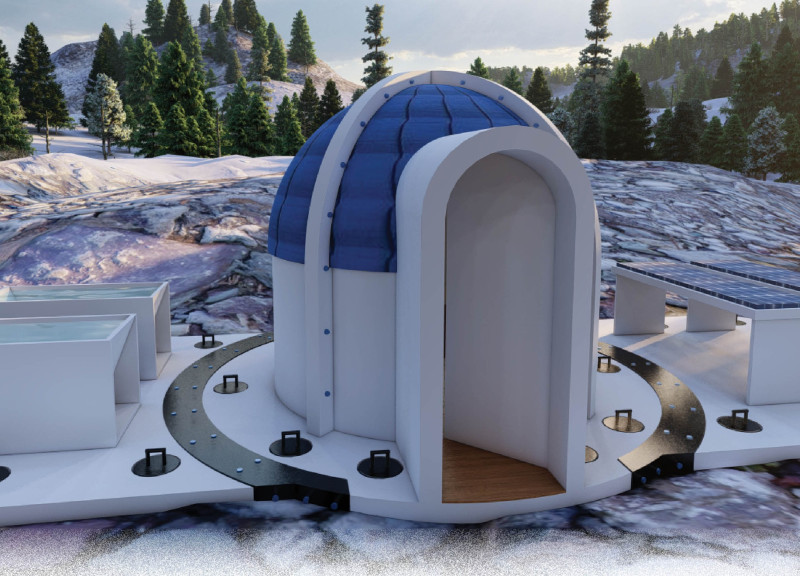5 key facts about this project
The Sagarmatha Snowdrift Sanctuary is a carefully designed facility located on the slopes of Mt. Everest, aimed at meeting important health and sanitation needs in a challenging environment. It serves multiple functions, acting as both a health station and a sanitation facility. The design concept focuses on resilience and sustainability, ensuring that the structure is effective while also being mindful of the ecological requirements of the area.
Design Concept
The primary design of the Sagarmatha Snowdrift Sanctuary emphasizes its role as a multifunctional health and sanitation station. The layout prioritizes easy assembly and disassembly, allowing for rapid deployment when necessary. Thoughtful organization within the space enhances accessibility, ensuring that users can navigate it efficiently and comfortably.
Material Selection
Materials play a significant role in the building's effectiveness and relevance. Steel is used for its strength, which is essential given the conditions at high altitudes. Local Nepalese wood is incorporated to establish a connection to the surroundings, respecting both culture and environment. Additionally, solar photovoltaic panels generate renewable energy for the facility, reinforcing its commitment to sustainable design.
Functional Features
A key feature of the sanctuary is its composting toilet technology, which aligns with the goals of the Gorakshep Processing Facility. This innovative approach addresses sanitation issues without harming the ecosystem, which is crucial in such a fragile setting.
The design accommodates the need for mobility as well. The sanctuary's components are light enough to be carried by helicopter or yaks, making transportation feasible in this remote location.
The building's exterior is robust yet simple, blending into its mountainous surroundings while fulfilling the required functions of a health and sanitation station. This attention to detail ensures that it serves its purpose effectively, all while being situated in the demanding conditions found at Mt. Everest.



















































